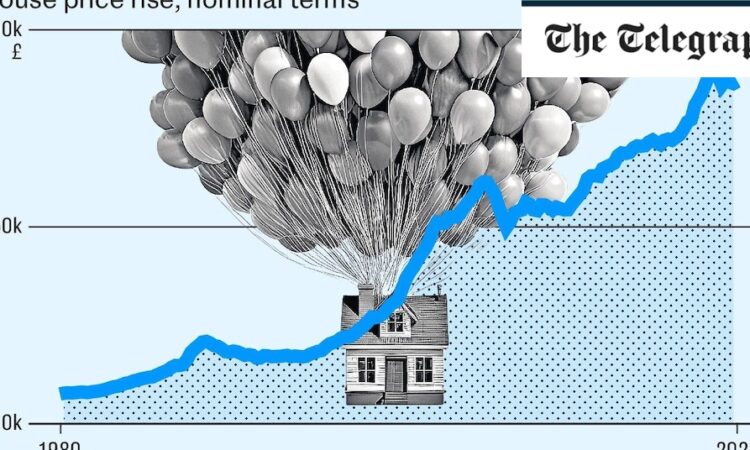
For Simon Rubinsohn, of the Royal Institution of Chartered Surveyors, the crucial difference between historic house price crashes and the situation today is the strength of Britain’s labour market.
He said: “After the downturn in early 1990s, it took a long time for the market to recover – you saw unemployment rise from 1.5 milion to three million [between 1989 and 1992].
“Banks hadn’t been through this environment before where there was massive potential for negative equity.
“You saw a wave of repossessions on an unprecedented scale and a lot of unwanted homes on banks’ books. In real terms, there was a substantial decline in prices.
“But this time unemployment has remained low, so you haven’t had those sorts of pressures.
“Now, it’s an interesting mix as you have interest rates going up, but banks have adjusted their behaviour. They are less willing to repossess, and there have been escape routes for mortgage owners in difficulty.”
It would take a collapse in employment to prompt a similar housing crunch today, according to Mr Wishart.
“The worst case scenario would be sustained high inflation, meaning interest rates can’t come down, and a large rise in unemployment from a deep recession – which isn’t on the agenda.
“High interest rates haven’t been enough on their own. Combined with rising unemployment, they might be.”
Throttled supply
The cause of buoyant house prices “isn’t difficult to identify”, according to Robert Colvile, director of think-tank the Centre for Policy Studies.
He said: “We haven’t built enough houses, in particular in high demand areas like London and the South East.
“In the short term, interest rates drive the markets but beyond that, the lack of supply keeps prices high.”
The Centre for Cities think tank estimates that Britain has built 4.3 million fewer homes than the average European country as a result of its broken planning system.






